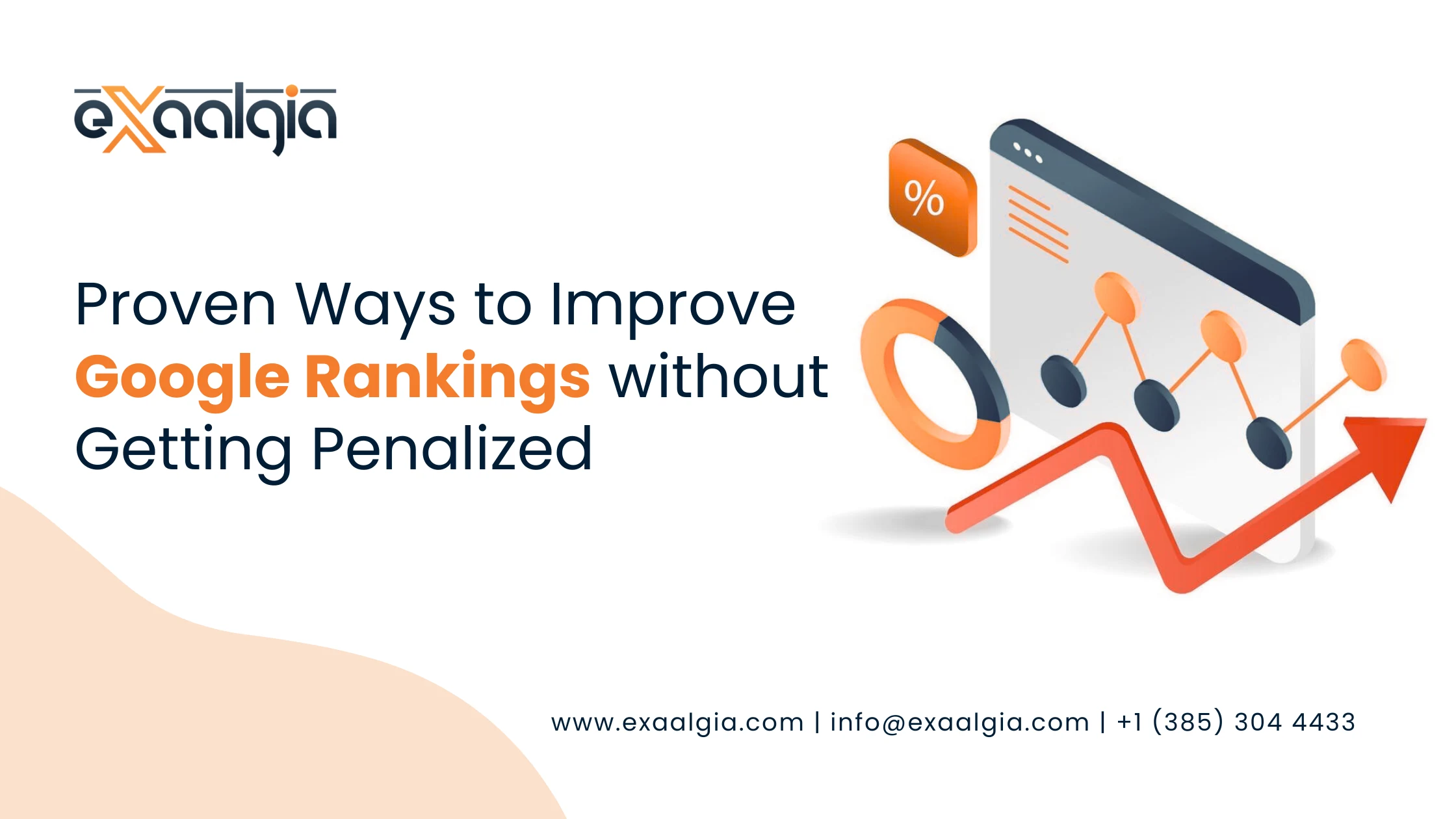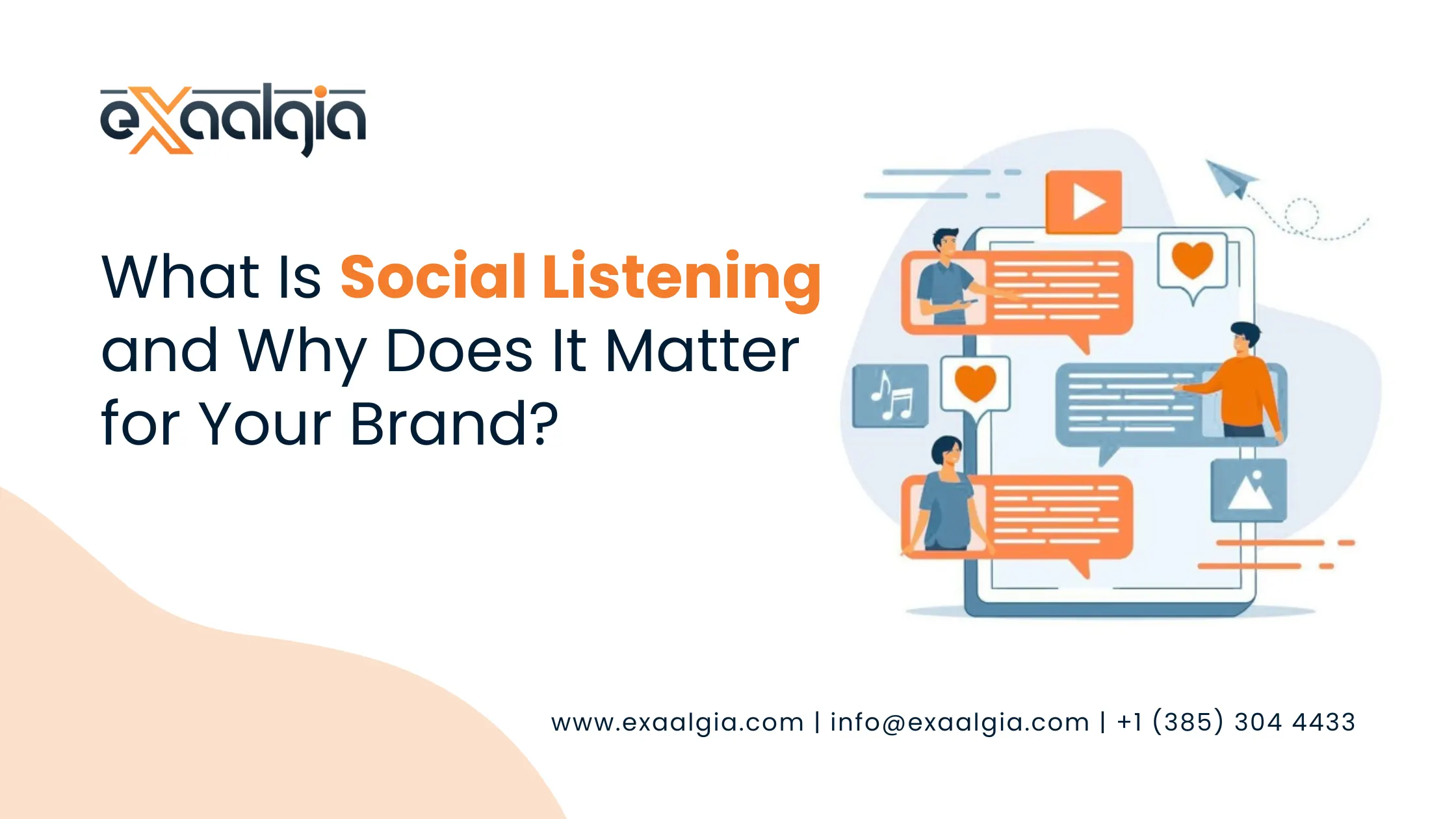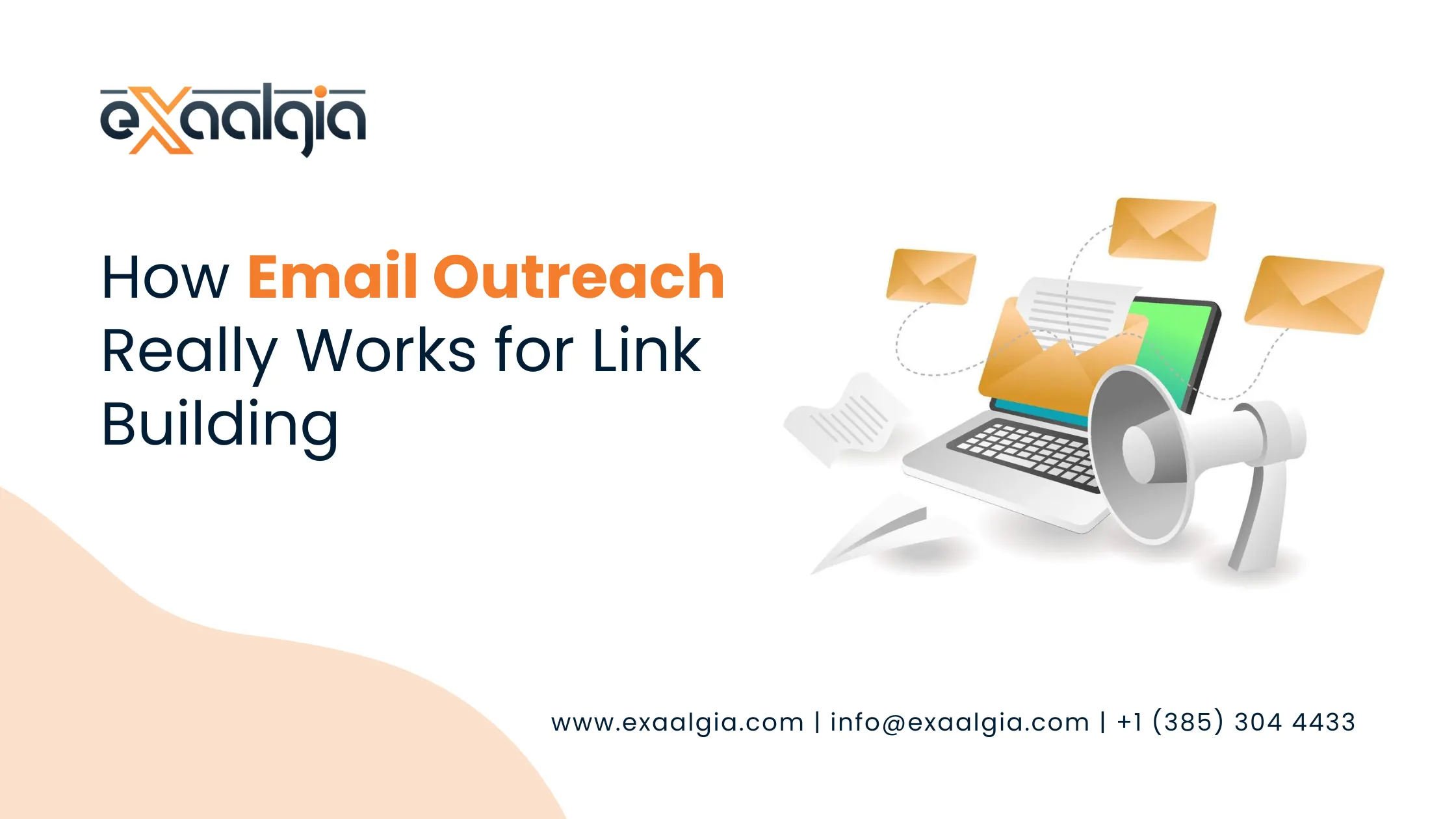If you’ve ever wondered why your website isn’t showing up on page one of Google, you’re not alone. Nearly every business owner, blogger, and marketer dreams of getting more clicks, more traffic, and more sales from Google. But here’s the thing ranking higher isn’t about chasing quick hacks or gaming the system. In fact, doing that can backfire and get your site penalized.
So, how do you ascend the search rankings in a way that lasts? By keeping an eye on what Google really wants a speedy, useful, user-friendly website with problem-solving, question-answering content. In this tutorial, I’ll detail actionable, penalty-resistant steps you can take to improve your Google rankings and make them continue to rise over time.
Why Ranking Higher Feels Harder Than Ever
Let’s be honest, SEO was simpler. Ten years ago, you could keyword stuff a page or purchase some backlinks and see your site rise to the top of the rankings. Those days are over.
Nowadays, Google employs over 200 factors for ranking and has become really proficient at detecting low-quality content and manipulative behaviors. Their algorithms recognize sites that show experience, expertise, authoritativeness, and trustworthiness (E‑E‑A‑T). That is to say, in order to rank, your site should actually assist your audience.
Audit Where You Stand Right Now
Prior to making enhancements, determine your present performance.
Check if Google can find your site: Search site:yourdomain.com to look at what’s indexed. If there are missing pages, address indexing problems first.
Employ Google Search Console: This free service indicates errors, security issues, and which keywords are already sending you traffic.
Monitor site speed and mobile usability: Tools like Google PageSpeed Insights and GTMetrix will report how quickly your pages load and what to improve.
Monitor your baseline rankings: You can use free or paid options such as Ahrefs, SEMrush, or Ubersuggest to find out where you are now.
This is similar to having a check-up before beginning a new exercise regime, you must find out what’s wrong in order to repair it.
Have Your Technical SEO In Order
No amount of great content is going to rank well if your site has problems.
Speed things up: Compress images, activate caching, use a stable host, and think about using a CDN. Quicker pages = happier users.
Mobile-first design is a necessity: Most users surf using their phones, and Google indexes according to your mobile site first.
Bust broken links and redirects: Nothing scatters users away quicker than clicking on a 404 page.
Secure your site: Add an SSL certificate (HTTPS). Users and Google trust secure sites more.
Add structured data: Schema markup can make Google recognize your pages more and get you rich results such as star ratings or FAQ snippets.
Pick the Right Keywords
Ranking for the wrong keywords is fishing in the wrong pond, you’re not going to catch what you want. Be intelligent about keyword research:
Understand intent: Are individuals searching for information, product comparison, or about to make a purchase? Tailor your content to what they really need.
Pursue long-tail keywords: Rather than “SEO tips“, use “SEO tips for small business sites.” They’re less competitive and yield better-quality traffic.
See what competitors rank for: Software like SEMrush lets you see where your competition gets traffic so you can do better.
Prioritize strategically: Opt for a combination of quick wins (low-competition keywords) and long-term objectives (high-volume terms).
Refine Your On-Page SEO
Once you’re clear on which words to target, ensure your pages are optimized for them.
Create click-worthy titles: Make sure they’re below 60 characters, place your keyword first, and make them irresistible.
Write engaging meta descriptions: They don’t affect rankings directly, but can double your click-through rate.
Use headings judiciously: Organize content with H1s, H2s, and H3s to make it skimmable and organically incorporate matching keywords.
Link internally: Link to other useful pages on your site to keep readers interested and assist search engines in crawling your site.
Optimize images: Write descriptive alt text and compress files so they don’t make your site slow.
Create Content People Actually Want to Read
Content remains king, but not all content is equal. Google adores:
Deep, helpful posts: Dig deeper than just general advice. Fix actual problems.
Unique insights: Present case studies, personal anecdotes, or research findings.
New updates: Don’t let your outdated blog posts gather dust. Revise them with new facts periodically.
Visuals and videos: Images, charts, and videos hold the attention of readers for longer periods of time, which Google responds to.
Natural language: Be conversational and informal, like you’re chatting with a buddy, not making an effort to impress an AI.
Create Links That Increase Your Credibility
Backlinks are confidence votes from other sites. The more quality sites that link to you, the more credible you appear to Google.
Review current links: Delete or disavow links that contain spam and might pull you down.
Develop linkable content: Data reports, ultimate guides, and infographics are all shareable.
Guest post on high-quality sites: This provides you with exposure and gets you a backlink.
Network within your industry: Build relationships with influencers, be a guest on podcasts, and get heard.
Steer clear of dodgy approaches such as link buying, they’re a route to penalty.
Get Your Site a Pleasure to Use
Google is interested in user experience because contented users linger longer. Concentrate on:
Quick load speeds: Shoot for less than 2.5 seconds.
Easy to navigate: Simple menus and sensibly laid-out pages make it easy for users to find what they are looking for.
Legible design: Keep paragraphs short, use decent font sizes, and have lots of white space.
Mobile usability: Try out your site on a few devices to ensure it’s slick everywhere.
Accessibility: Include alt text and plain labels so that everyone can access your site.
Monitor Your Progress & Continue Improving
SEO is an ongoing task. Keep monitoring performance:
Watch rankings and traffic: UtilizeGoogle Search Console and Analytics.
Don’t ignore engagement: If users exit rapidly, enhance your content or layout.
Keep track of algorithm updates: Google updates can upset your apple cart. Adjust accordingly.
Test: Test out new headlines, content styles, or CTAs to determine what performs best.
The Bottom Line: Play the Long Game
Improving your Google rankings isn’t about pursuing hacks, it’s about developing a site that people adore and trust. Once you concentrate on delivering value, remaining technically healthy, and establishing actual authority, rankings naturally ensue.
Don’t be impatient, continue to refine your strategy, and keep in mind: the end goal is not merely to rank, it’s to get discovered by the correct persons and make them loyal visitors or buyers.
FAQs
1. How long before I notice results?
Most sites notice improvement within 3 – 6 months with steady effort.
2. Do I need backlinks?
Yes, they’re one of Google’s most powerful ranking indicators. Concentrate on acquiring high-quality ones.
3. What are the key ranking factors?
Useful content, backlinks, page speed, mobile usability, and user experience.
4. Should I refresh old posts?
Absolutely. Refreshing existing content is one of the simplest ways to improve rankings.
5. Is SEO worth the time?
Yes! SEO is one of the most economical means to deliver long-term, constant traffic to your site.







